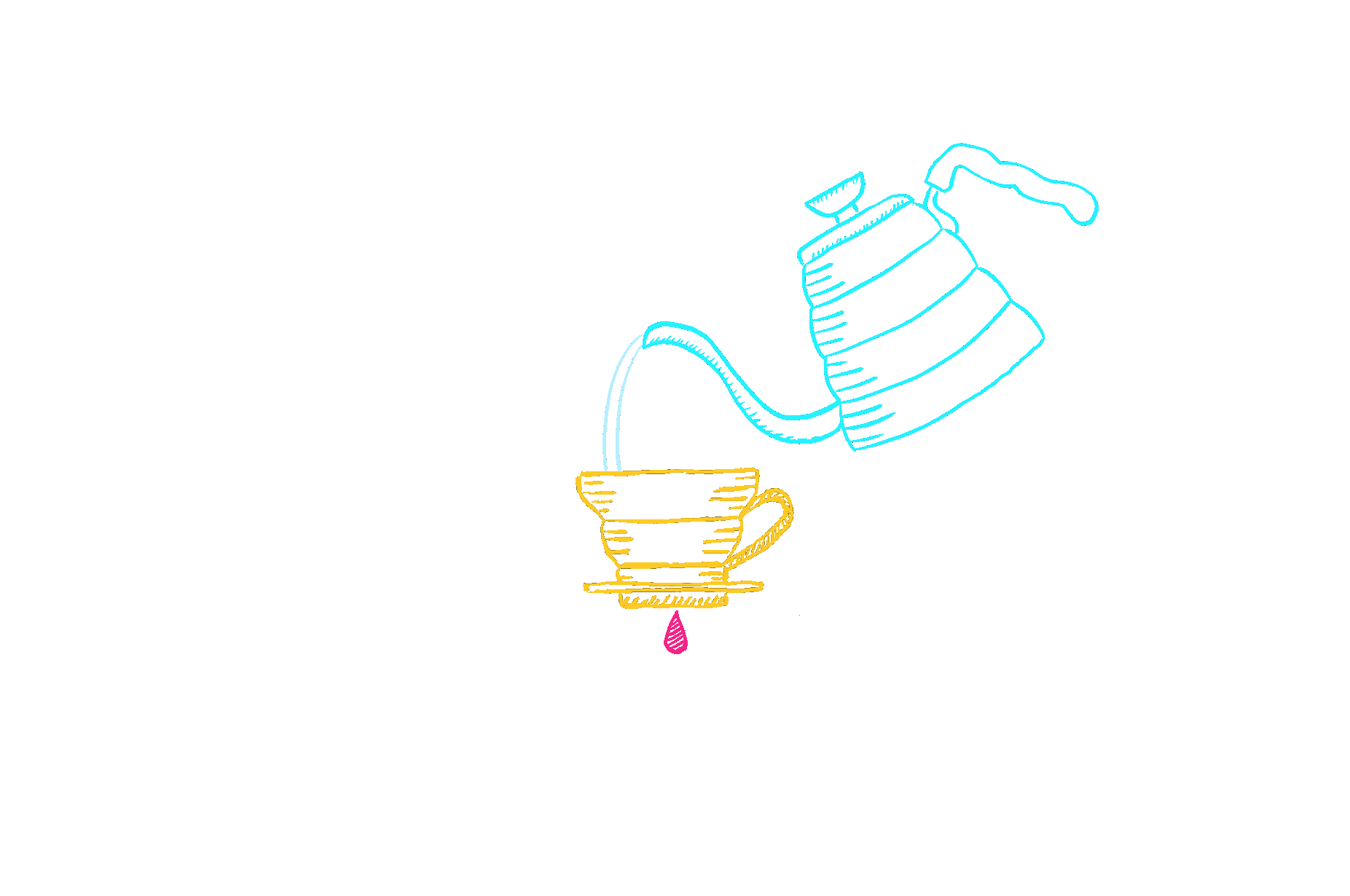Guide to cold brew: ratios, recipes & equipment
Cold brew coffee has taken the coffee world by storm. Apart from being the perfect perk-me-up on a hot day, a cold brew with the right ratio avoids the awful sour and bitter tastes you sometimes get with regular brewing methods.
But with the premium Starbucks and a whole smörgåsbord of cafes charge for cold brews over their regular hot brews, you might be tempted to DIY your own concoction. With the right ratios, recipes and equipment, you can easily make your own cold brew coffee at home for cheap.

Cold brew vs Americano or hot brew coffee
If you’re not easily convinced by the millennial hype surrounding this hip new caffeinated beverage, here’s a dose of science. Versus traditional brewing methods that use piping hot water, the day-long brewing times and low temperatures for cold brews allows for a large margin of error.
For example, pour-overs with a Hario V60 are performed within minutes, and slight differences in grind size, steeping time and water temperature can greatly affect the extraction.
Generally, over-extraction can be detected as bitterness, while under-extraction is reflected as sourness. At low temperatures, cold brews are much more forgiving and thus taste more pleasant, even when lower-quality beans are used.

Equipment
There’s no hard and fast rule when it comes to cold brews – an astonishing variety of methods and setups will work equally well. Generally, you will need the following equipment:
- Coffee grinder/food processor
- Container for brewing
- Filter/fine sieve
The most important bit of kit is a coffee grinder. Expensive electric coffee grinders or value-for-money manual grinders like the Porlex produce a consistent, coarse grind, but the forgiving nature of cold brews tolerates inconsistent grinds produced by food processors too.
Next, you’ll need a container to hold the brew. Anything works – a bowl, a bottle or a bucket. To prevent a mess, we used a Nalgene bottle – which can be vigorously shaken for easy agitation. French presses can be plunged to keep the grounds submerged without supervision, but we found that occasional shaking worked better.
Lastly, you’ll need an extremely fine sieve. Filter papers and a funnel can be purchased on the cheap, but you can purchase a coffee sock or even upcycle a finely-woven handkerchief to reduce waste.

Cold brew ratio & recipe by mass
To make cold brew, we use a ratio of 150g of coffee to 1L of water, or about 1:6.7 grounds to water by mass. Because grounds are a lot less dense than the water, it’s much closer to 1:4 by volume. Your coffee should be a coarse grind – as if for French press.
The best results were achieved when the mixture was left to steep overnight for 20h. However, adding or subtracting an hour made little detectable difference to the final product.
You’ll need an extremely fine sieve or filter to ensure your cold brew isn’t cloudy with fine coffee dust. We prefer coffee filters, but you can absolutely use finely-woven fabrics. Purpose-made metal meshes that have micron-level pores work, but can be a hassle to wash and unclog.

How to drink cold brew
Low temperatures can mask the potency of your cold brew, which can be twice the strength of your average piping hot joe.
If drunk straight, aim for a 1:1 dilution to prevent an overdose of caffeine. In sunny Singapore, we love serving it on the rocks, keeping it refreshing for longer.
But since cold brews are a great way to improve lower-quality (even supermarket-bought) roasts, we enjoy serving them up with milk and sugar for a low-cost iced latte. That’s most of the flavour, without an espresso machine or guilt of wasting expensive beans.

Best coffee beans for cold brew
Most of our taste receptors decline in acuity at colder temperatures. It also distorts our perceptions of sweetness, sourness and bitterness, so you might want to save your prized heirloom beans and its nuanced tasting notes for a more controlled brewing method.
To make the most of the cold brew method, try medium-dark roasts for a balanced, clean cup. The dark Maillard notes of chocolate complement the brighter, fresher tones of a slightly light roast – in the form of a slight sourness.

DIY cold brew at home
Cold-brew coffee can be a simple, fuss-free way to get into coffee brewing. Without exacting grind sizes, brew times and expensive equipment, you can even brew large batches to sip on throughout the week.
The concentrated product can also be enjoyed straight for a power-packed boost, or diluted and served with milk for a nuanced, comforting refreshment.



Hey,
I found that 1:8 ratio works even better and can be drinked directly without diluting it. Your ratio of 1:6.7 or 1:6 or 1:7 is a little to concentrated, at least for my taste. Also cold brew can be made with the highest quality of beans and the taste is considerably better than the average supermarket beans variety.
Cheers,
Alex